How do you set up a VFX studio removed from the hubbub of London, Los Angeles, Vancouver, and their ilk? In 2012, Lindsay Hallett, affectionately known as “Linzo” to clients and friends alike, set out with her husband Jamie to just that. They established capital T on the island of Maui, Hawaii, and have since landed credits on everything from the MCU to Ad Astra and Terminator. We decided to catch up with Linzo to find out how she and Jamie made the remote VFX life work.
Lindsay’s VFX career spans 25 years. Learn more about her pre-capital T career in this 2018 Luma Pictures interview
Can you please give us a little background on capital T?
We started capital T with the hopes that we’d still be able to do what we love (VFX!) but with more control over our time. My husband Jamie and I had spent many years at various VFX companies in Canada and Los Angeles, all of them great. But ultimately, we wanted to strike a better career/life balance.
We decided to set up capital T in Maui, Hawaii. That part of the world holds a special place in my heart. I have many memories of traveling there with my family as a kid. There’s a lot of family history there. As for Jamie, he’s a diver, a surfer, a snorkeler; you get the idea. The ocean is his happy place. We also thought Maui would be a beautiful place and a different lifestyle for our kids to experience as they grew up. We were ready to slow things down significantly from the LA pace. So to Maui we went!
Setting up capital T was an exciting time! Any time you start something new, it’s a leap. You just need to prepare. We laid the groundwork with all our clients, co-workers, and industry peers to see if capital T would be a viable resource for them. They greeted us with support and excellent advice across the board. We also had a lot of good karma in the bank from our previous years in the business, so we went for it! And people came through in a big way. We are eternally grateful to be able to do what we love from where we love. It all started with that initial passion and excitement, and it took us to where we are today.
Can you please discuss your set up of the studio?
When setting up the studio, our first questions concerned infrastructure. What size company did we want to run, and could Maui support the bandwidth we’d require to do the job? (This got a good laugh from our realtor.) We needed to create a service that, for our clients, would be like working with any other established VFX company. We’ve now answered many of those questions. We can deliver high-quality work, remotely, for some of the biggest films out there.
Maybe we were just lucky or had the best IT guy ever (or both!) We set up our entire system on the mainland, shipped it here, had said IT guy out for fine-tuning (and a Mai Tai or two) and we were underway! Big thanks to Ned and our first clients through the door, just two months after we arrived.
I would suggest that anyone looking to set up remotely ensures that they have a solid base of clients and a knowledgable person to set up infrastructure. Also, make sure you meet security compliance requirements for the studios with whom you want to work. That is a deal-breaker for many, if not all.
What are the critical technologies for a remote VFX facility?
Aside from our artist software (obviously), we use email, phones, and cineSync. That seems to take care of it all!
Do you have advice for others looking to grow a remote client base?
For us, a lot of it came down to industry experience and relationships. Over 25 years, we have established many relationships or two degrees of separation with almost everyone in the industry, which helped us a great deal from day one. If you don’t have those relationships already in place, it will be much harder to acquire work, even with a long list of credits. If that’s the case, I’d suggest picking one client that will offer work and performing an excellent job until word of mouth takes you further.
As far as bids go, you’ll need to develop a sound knowledge of the market. Knowing what the market will bear and what people will pay for the work you are doing is key. And it’s imperative to remember how small the VFX business is, despite its geographical spread. Use that knowledge, combine it with your creative capability, and deliver competitive bids that stand out in a crowded market.
Whatever you do, give it your all and, most importantly, treat people right.
Going remote
If you need to establish remote or WFH workflows with ftrack or cineSync, we can help you get up and running. Check out the ftrack remote hub below.

More from the blog
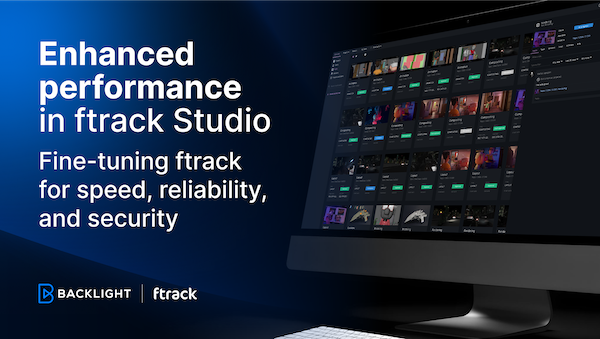
Enhanced performance in ftrack Studio: Fine-tuning for speed, reliability, and security
Chris McMahon | API, Developer, New features, Product, Productivity, Studio | No Comments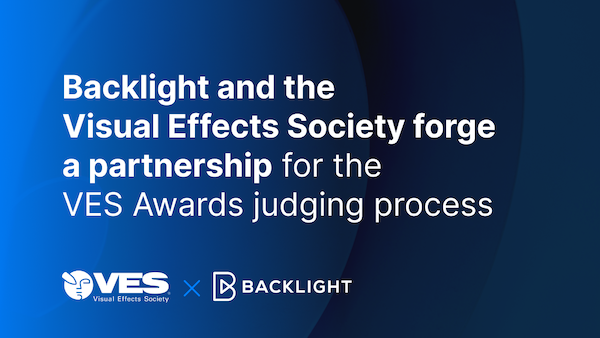
Backlight and the Visual Effects Society forge a partnership for the VES Awards judging process
Kelly Messori | Case Study | No Comments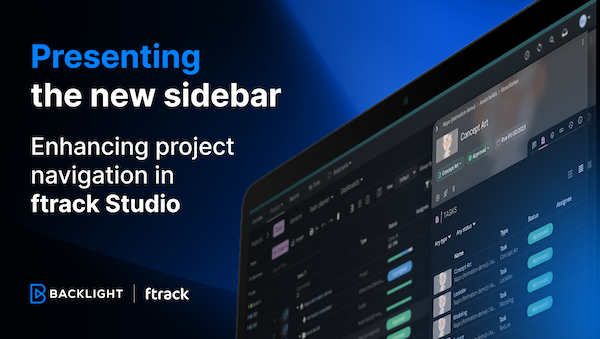
Presenting the new sidebar: Enhancing project navigation in ftrack Studio
Chris McMahon | New features, Product, Release, Studio | No Comments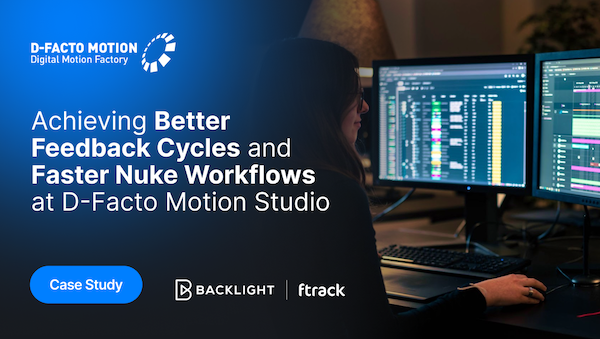
Achieving Better Feedback Cycles and Faster Nuke Workflows at D-Facto Motion Studio
Kelly Messori | Case Study, Studio | No Comments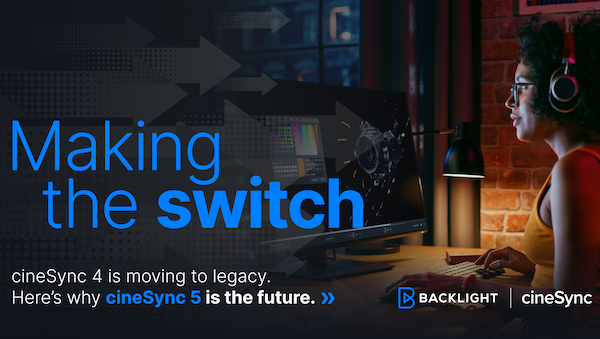
Making the switch: The transition to cineSync 5
Mahey | Announcements, cineSync, News, Product | No Comments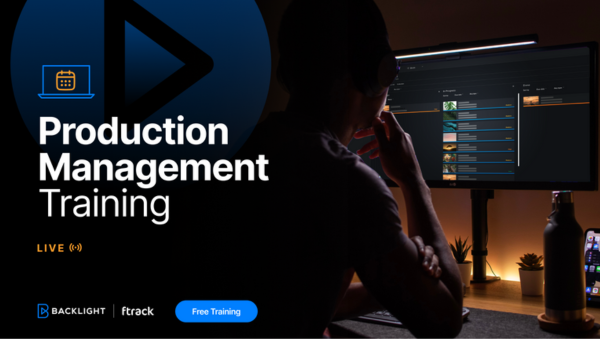
Supporting Your Studio: Free ftrack Studio Training and Office Hours from Backlight
Kelly Messori | News | No Comments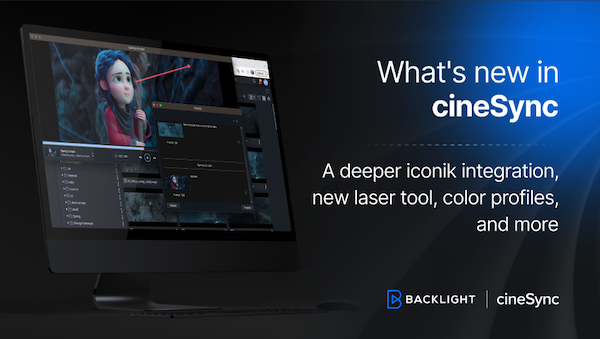
What’s new in cineSync – a deeper iconik integration, laser tool, OTIOZ support, and more
Chris McMahon | cineSync, New features, Product, Release | No Comments






